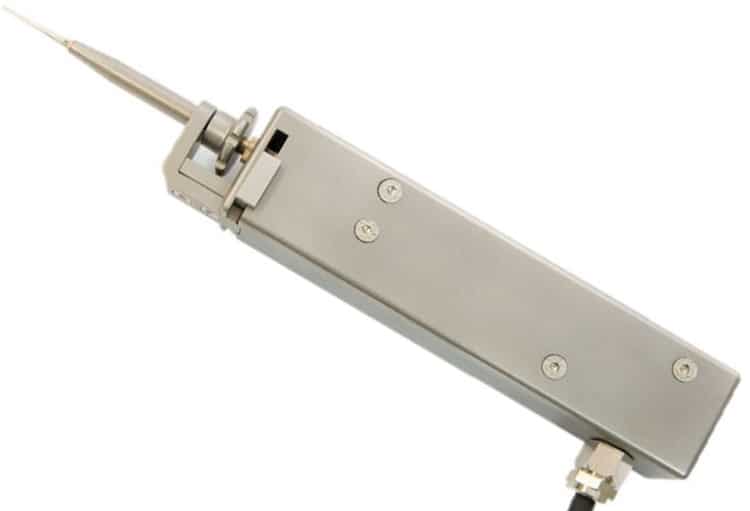
Each year, cochleostomies are carried out on around 700 people in Britain. The procedure involves implanting an electronic device that replicates the work of damaged parts of the inner ear – the cochlea - to provide the brain with sound signals.
The implants help people who gain little or no benefit from hearing aids, or have moderate to profound hearing impairment in both ears.
Surgeons have to train for 10 years before practising the procedure, which involves drilling through bone into the middle ear and into the cochlea. A patient's balance can be damaged if bone fragments enter the cochlea.
Bioengineers at Brunel have now tested a new robotic hand drill with a smart sensor that stops automatically before it reaches the endosteal membrane in the inner ear.
“It reduces the risk of people suffering balance damage,” said Dr Xinli Du a research fellow at Brunel Institute of Bioengineering who developed the drill. “It drills at a much slower pace, which reduces the impact and amount of contact, which means less vibrating, which can damage the cochlea.”
Surgeons currently use a robotic drill attached to a mechanical arm for cochleostomies. But hand-held robotic drills leave a smaller footprint and use more of the surgeon’s dexterity. They are also quicker to set up and learn to use, which reduces training costs for surgeons.
While standard robotic drills are guided along a pre-planned drill path calculated from a CT image of the patient’s inner ear, the new lightweight tool runs on a smart sensing algorithm.
With micron-level accuracy, its smart sensing system uses feedback about the force and torque between the drill and body part to automatically decide when to stop.
“With different people, the tensions will be different and the drilling time will be different,” said Dr Xinli. “But the force and the torque will be similar.”
For the first time, Dr Xinli’s team successfully used the new smart-sensing device to perform the cochleostomy on humans.
In a study published in Robotic Surgery: Research and Reviews, the team practised on an egg and then carried out the operation three times on humans, keeping the endosteal membrane intact.
“The hand-guided robotic drill produces consistent outcomes and augments surgeon control and skill,” the study claims. Its advantage is its flexibility to alter the drill’s trajectory, which helps to avoid slipping.
“There is anticipated benefit in the reduction of trauma tissue as a result,” said Dr Xinli. “Potentially it could be developed for NHS use.”
‘A hand-guided robotic drill for cochleostomy on human cadavers’ is published Robotic Surgery: Research and Reviews.





Nanogenerator consumes CO2 to generate electricity
Whoopee, they've solved how to keep a light on but not a lot else.